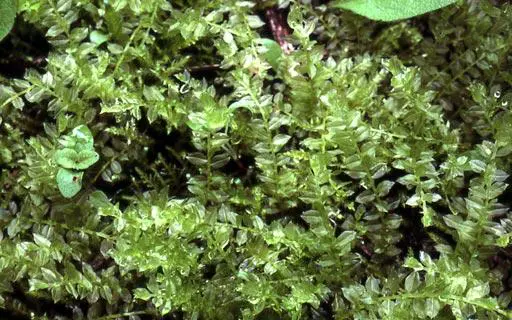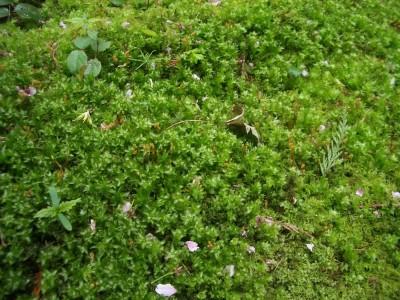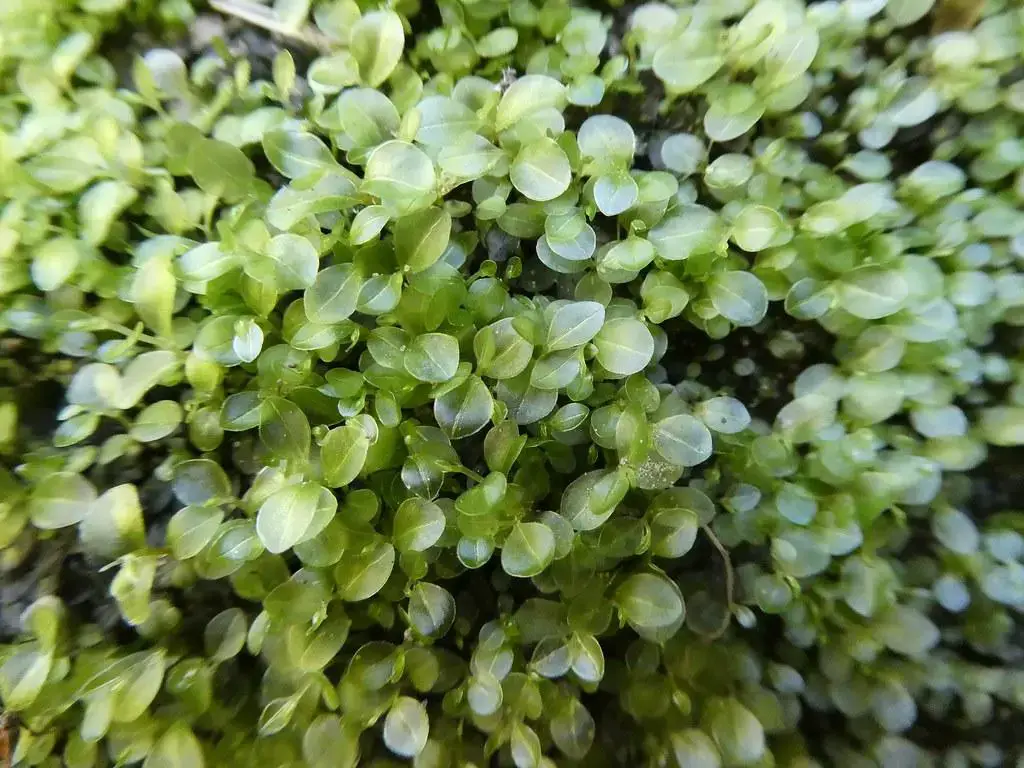
maxresdefault.jpg from: https://www.youtube.com/watch?v=jMzSQ3oZlYE
Exploring the Fascinating World of Plagiomnium japonicum Moss
Introduction
Mosses are often overlooked, but they play important roles in many ecosystems around the world. One particularly interesting species is Plagiomnium japonicum (Lindb.) T.J.Kop.

035620322317389874plagiomniumundulatumcommon2.jpg from: https://www.earth.com/plant-encyclopedia/Bryophytes/Mniaceae/plagiomnium-japonicum/en/
, also known simply as Plagiomnium. This moss in the Mniaceae family has some unique characteristics that make it stand out. Let’s take a closer look at this fascinating little plant.
1803D4044BD4B4AA33 from: https://blog.daum.net/onidiras/15864729

plagiomnium-acutum01L.jpg from: https://www.digital-museum.hiroshima-u.ac.jp/~museum/habit/moss_habit/Plagiomnium acutum/Plagiomnium_acutum.html
Background on Mosses
Mosses are non-vascular plants in the division Bryophyta. Unlike other plants, they lack true roots, stems, and leaves. Instead, they have rhizoids that anchor them and absorb water and nutrients. Mosses reproduce via spores rather than seeds. There are over 12,000 species of moss found all over the world, from the arctic to the tropics.
Morphology and Identification

Plagiomnium_insigne_IMGP9963-400×300.jpg from: https://blogs.ubc.ca/biology321/?page_id=516
Plagiomnium japonicum forms loose mats or tufts. The individual plants are relatively large for a moss, reaching 2-10 cm tall. The leaves are oblong to obovate and have a distinct border of elongated cells. The leaf margins are serrated and the costa (midrib) ends below the apex.

49814326803_979ebaf6c3_b.jpg from: https://www.flickr.com/photos/silybum/49814326803
The sporophytes (spore-producing structures) have long setae (stalks) and inclined to pendulous, ovoid to cylindrical capsules. Spores are released from the capsules to start new gametophyte (leafy) plants.
Global Distribution and Habitat
P. japonicum is found in Asia, Europe, and North America. It grows on soil, rocks, logs, and tree bases in forests. In Asia, it is common in temperate regions of Russia, China, Korea, and Japan. In North America, it occurs across southern Canada and the northern United States.
Ecological Roles and Adaptations
Like other mosses, Plagiomnium plays important roles in its ecosystem:
- Helps retain moisture and prevent erosion
- Provides habitat for micro-organisms and small invertebrates
- Pioneers on disturbed sites and helps pave the way for other plants to grow
Mosses are well-adapted to a variety of conditions. They can survive desiccation and quickly rehydrate when water is available again. Their small size allows them to grow in places where other plants cannot.
Conclusion
The diminutive Plagiomnium japonicum is a prime example of how mosses, though often overlooked, have fascinating biology and important ecological roles. Next time you’re in the woods, take a moment to appreciate the miniature world of mosses at your feet! What other mighty mini-plants have you noticed?